In the culinary world, names often evoke mystery and intrigue, especially when ingredients are shrouded in cultural or regional terminology. One such enigma is “脆皮冰笋” (Cuì Pí Bīng Sǔn), a term that has sparked curiosity among food enthusiasts and chefs alike. Translated directly as “Crispy Ice Bamboo Shoots,” this ingredient has gained attention for its unique texture, delicate flavor, and versatility in dishes ranging from salads to hot pots. However, beneath its poetic name lies a fascinating truth: 脆皮冰笋 is not a bamboo shoot at all, but rather a type of seaweed known scientifically as Durvillaea antarctica, commonly referred to as Sea Bamboo. This article delves into the origins, characteristics, and culinary significance of Sea Bamboo, debunking misconceptions and celebrating its rising popularity in global gastronomy.
The Origin and Ecology of Sea Bamboo
Sea Bamboo, or Durvillaea antarctica, is a species of brown algae native to the cold, nutrient-rich waters of the Southern Hemisphere, particularly along the coasts of New Zealand, Chile, and Australia. Unlike terrestrial bamboo, which grows in tropical and temperate forests, Sea Bamboo thrives in intertidal zones, where it anchors itself to rocky substrates using a root-like structure called a holdfast. Its resilience to harsh oceanic conditions—including strong waves, freezing temperatures, and fluctuating salinity—has made it a cornerstone of marine ecosystems, providing habitat and sustenance for countless marine species.
The plant’s appearance is striking: it features long, hollow, and segmented stalks that resemble bamboo, hence its English moniker. These stalks, or stipes, can grow up to 10 meters in length, with fronds branching out in a feathery pattern. When harvested, the stipes are processed to remove salt and impurities, resulting in a product that retains a satisfying crunch—a quality that earned it the name “Crispy Ice Bamboo Shoots” in Asian markets.
Culinary Misconceptions: Why “Ice Bamboo Shoots”?
The confusion between Sea Bamboo and actual bamboo shoots stems from both textural and visual similarities. Fresh bamboo shoots, derived from the Bambusoideae family, are prized in Asian cuisine for their crisp texture and mild, grassy flavor. However, Sea Bamboo offers a comparable sensory experience despite being entirely marine-based. When rehydrated and cooked, its stalks develop a tender yet crunchy consistency, akin to freshly peeled bamboo. This resemblance, combined with its ivory-white hue after processing, led to its adoption as a plant-based substitute in dishes where bamboo shoots are traditional.
The term “Ice Bamboo” further adds to the allure, evoking imagery of frozen, pristine landscapes—a nod to the algae’s origin in cold Southern Ocean waters. The “脆皮” (Cuì Pí) prefix, meaning “crispy skin,” underscores the texture that makes it a sought-after ingredient in stir-fries, salads, and soups.
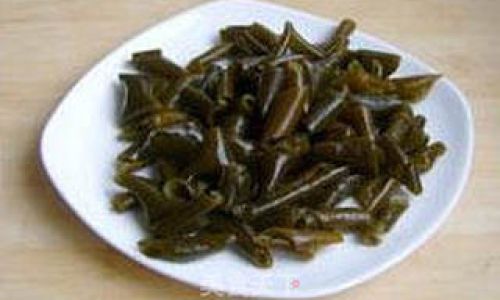
Nutritional Profile and Health Benefits
Beyond its culinary appeal, Sea Bamboo is a nutritional powerhouse. Rich in dietary fiber, iodine, iron, and antioxidants, it offers a low-calorie, high-mineral profile that aligns with contemporary health trends. Iodine, in particular, is crucial for thyroid function, making Sea Bamboo a valuable dietary addition for populations with limited access to iodized salt or seafood.
Additionally, Sea Bamboo contains fucoidan, a sulfated polysaccharide linked to anti-inflammatory and immune-boosting properties. Studies suggest that fucoidan may support cardiovascular health, reduce cholesterol levels, and even exhibit anti-cancer potential. For vegans and vegetarians, Sea Bamboo serves as an excellent source of omega-3 fatty acids, typically abundant in fish but scarce in plant-based foods.
Culinary Applications: From Tradition to Innovation
In Asian cuisine, particularly in Chinese and Japanese dishes, Sea Bamboo has emerged as a versatile ingredient. Its ability to absorb flavors while maintaining its crunch makes it ideal for:
- Salads: Thinly sliced and tossed with sesame oil, rice vinegar, and chili flakes, it adds a refreshing texture to cold dishes.
- Stir-Fries: Paired with vegetables, tofu, or meat, it provides a contrast to softer ingredients.
- Hot Pots: Its resilience to prolonged cooking ensures it retains its bite in simmering broths.
- Pickles: Marinated in brine with spices, it becomes a tangy, crunchy condiment.
Chefs worldwide are also experimenting with Sea Bamboo in non-traditional contexts. Some have incorporated it into vegan sushi rolls as a seaweed alternative, while others have deep-fried it to create crispy garnishes. Its neutral flavor profile allows it to adapt to diverse cuisines, from Mediterranean-inspired salads with feta and olives to Latin American ceviches.
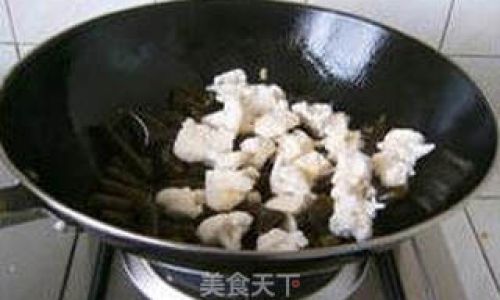
Sustainability and Ethical Harvesting
As global demand for Sea Bamboo grows, so does the need for sustainable harvesting practices. Overexploitation poses a risk to marine ecosystems, as Sea Bamboo plays a vital role in stabilizing coastlines and supporting biodiversity. Regulated harvesting, coupled with aquaculture initiatives, is critical to ensuring long-term availability.
In New Zealand, for example, Māori communities have traditionally harvested Sea Bamboo using rāhui—a system of periodic harvesting bans that allows the algae to regenerate. Modern sustainability efforts often mirror these indigenous practices, emphasizing seasonal limits and selective cutting to preserve the species’ ecological balance.
The Global Rise of Sea Vegetables
Sea Bamboo’s growing popularity is part of a broader trend toward sea vegetables, or “seaweed,” in Western diets. Once niche, ingredients like nori, kombu, and wakame now grace supermarket shelves and restaurant menus globally. This shift is driven by health-conscious consumers seeking alternatives to land-based proteins and processed foods.
Sea Bamboo’s appeal lies in its dual identity: it is both exotic and familiar. While its name and texture reference bamboo shoots, its origins in the ocean introduce diners to the umami-rich world of sea greens. As chefs continue to innovate, Sea Bamboo may soon become a pantry staple, bridging cultural and culinary divides.

Preparation and Cooking Tips
To maximize Sea Bamboo’s potential, proper preparation is essential:
- Rehydration: Dried Sea Bamboo requires soaking in cold water for 2–4 hours until pliable. Avoid boiling, as this can soften its texture.
- Trimming: Remove any tough ends or discolored sections before cooking.
- Blanching: A brief blanch in salted water can enhance its crispness and mellow any brininess.
- Seasoning: Its mild flavor pairs well with citrus, soy sauce, ginger, and garlic.
Cultural Significance and Folklore
In Māori tradition, Sea Bamboo, known as rimurapa, holds spiritual significance. It was believed to embody the spirit of the ocean and was often used in rituals to honor Tangaroa, the god of the sea. Similarly, in Chilean folklore, the algae symbolizes resilience, reflecting its ability to withstand stormy seas.
Conclusion: Redefining Culinary Boundaries
The journey of 脆皮冰笋 from ocean depths to global plates exemplifies the interplay between nature, culture, and innovation. By shedding light on its true identity as Sea Bamboo, we not only correct a culinary misnomer but also celebrate the ingenuity of humans in adapting marine resources into diverse gastronomic traditions.
As sustainability and health drive dietary choices, Sea Bamboo stands as a testament to the ocean’s bounty—a crunchy, nutritious, and culturally rich ingredient waiting to be explored. Whether called Crispy Ice Bamboo Shoots or Durvillaea antarctica, this seaweed invites us to reimagine the boundaries of flavor and embrace the wonders of the deep blue.
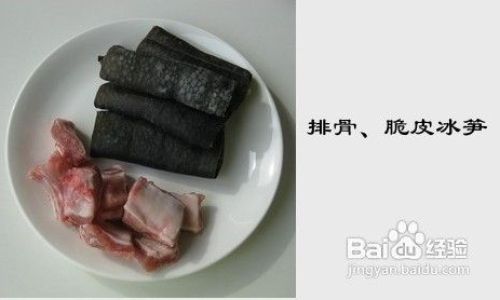
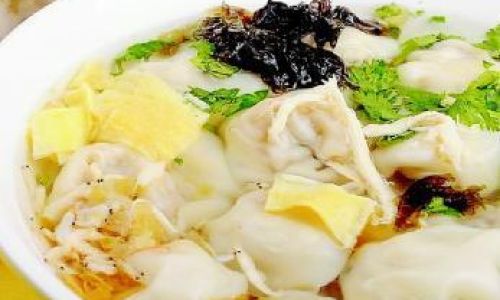
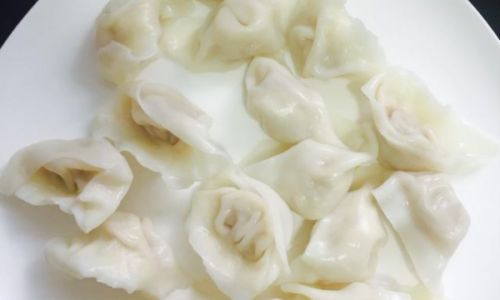
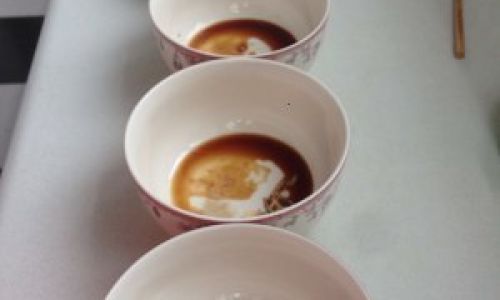



0 comments